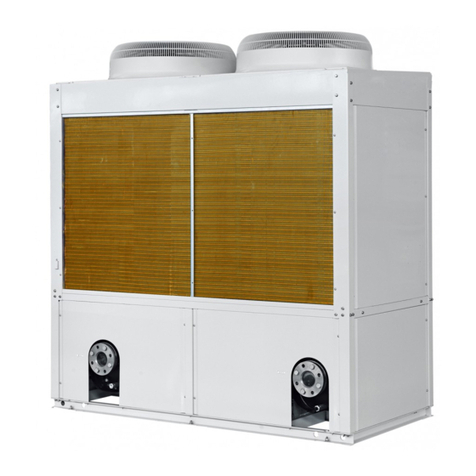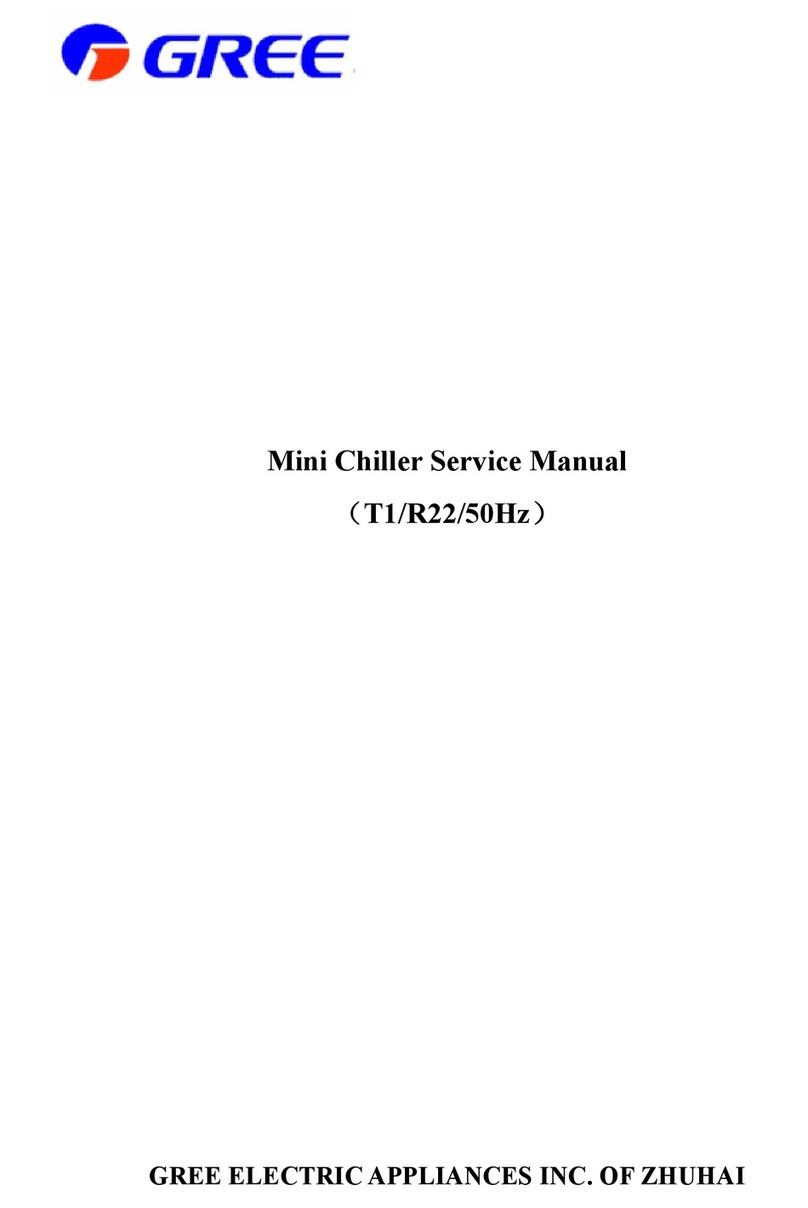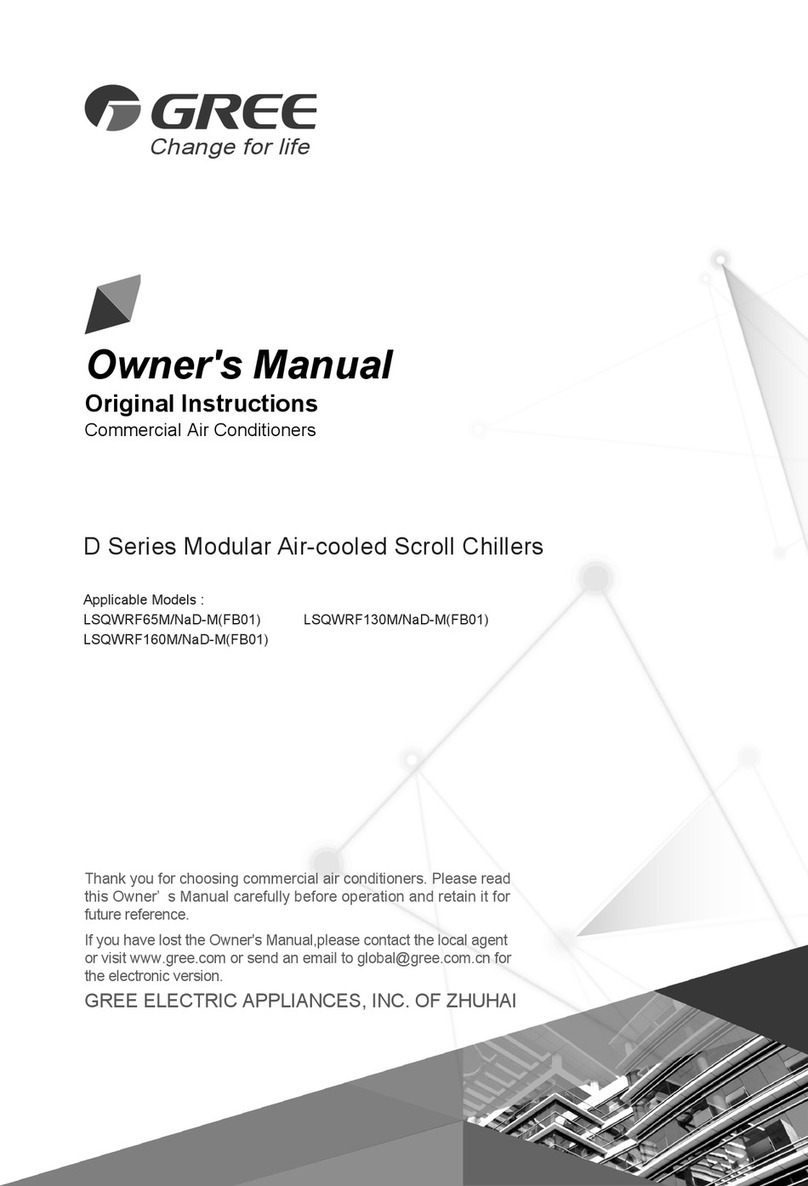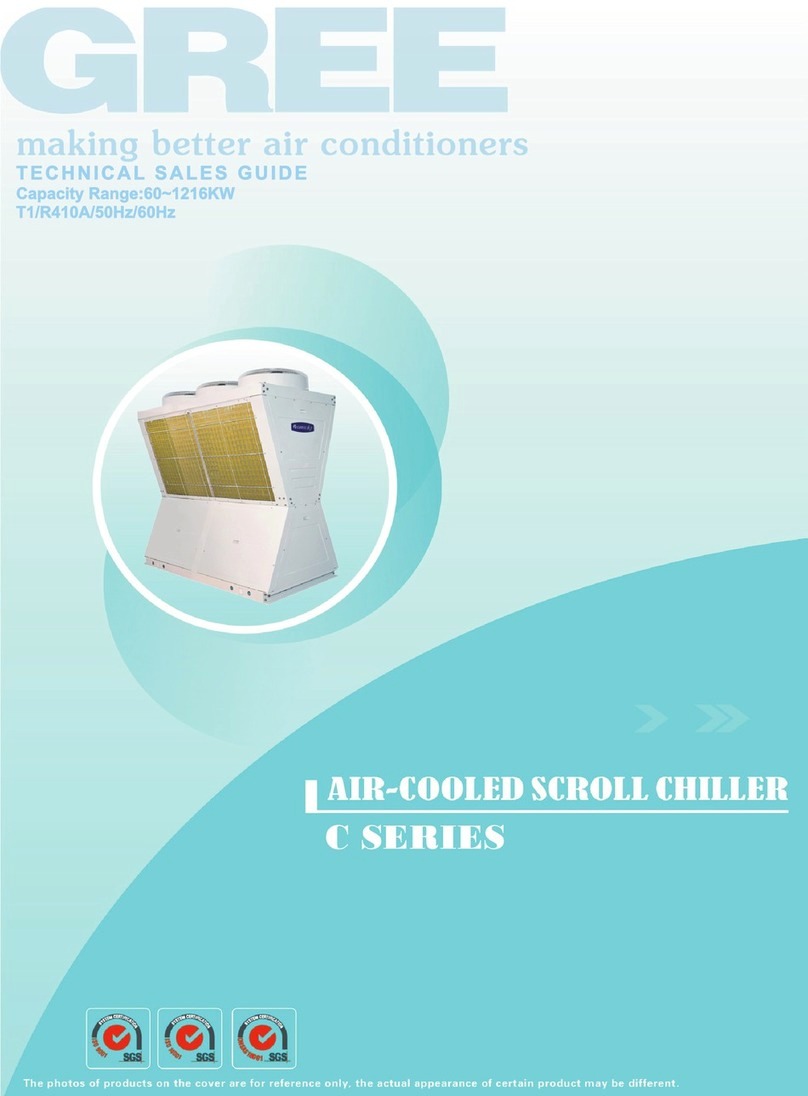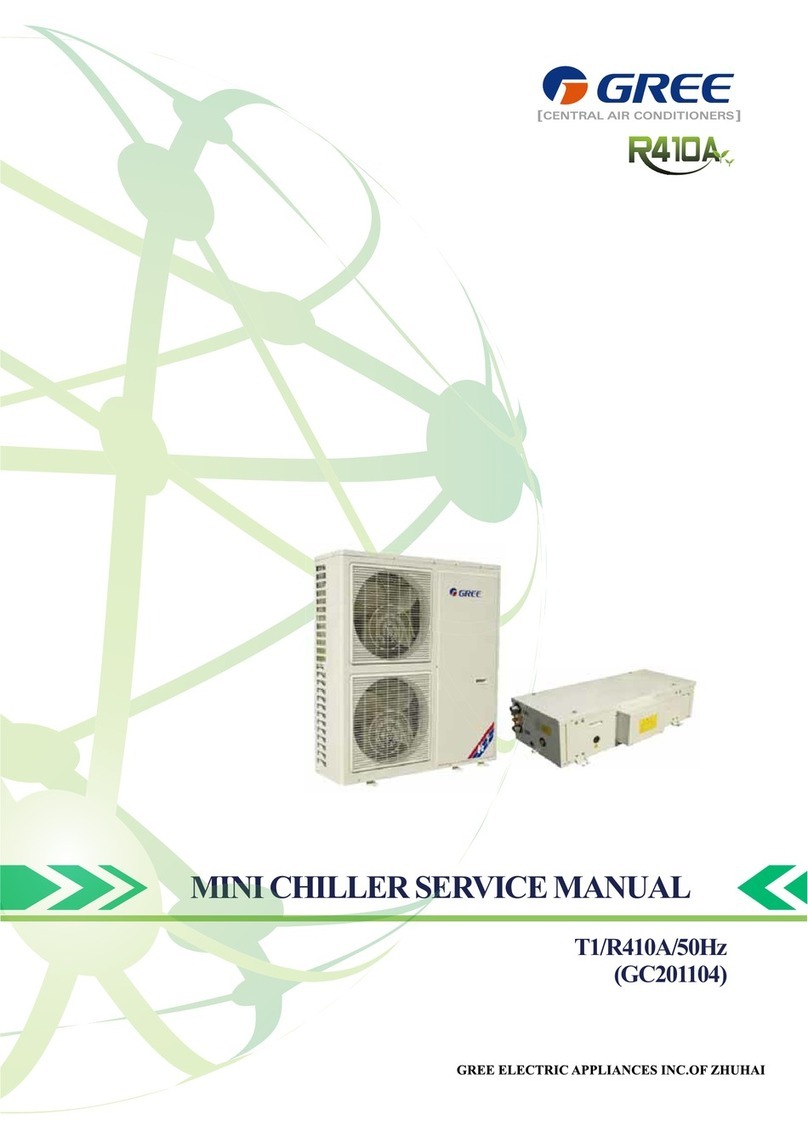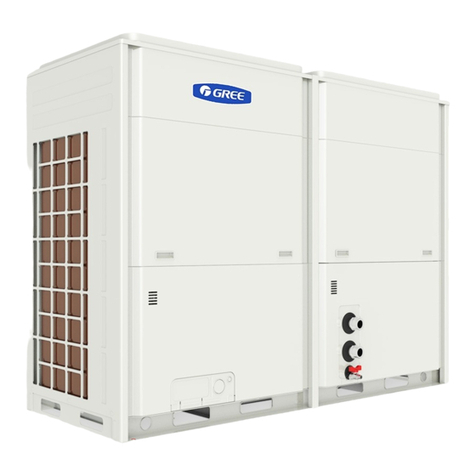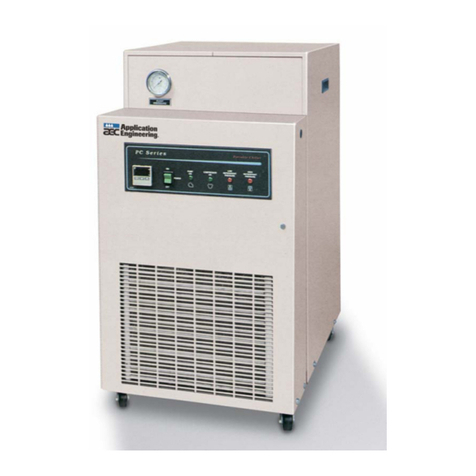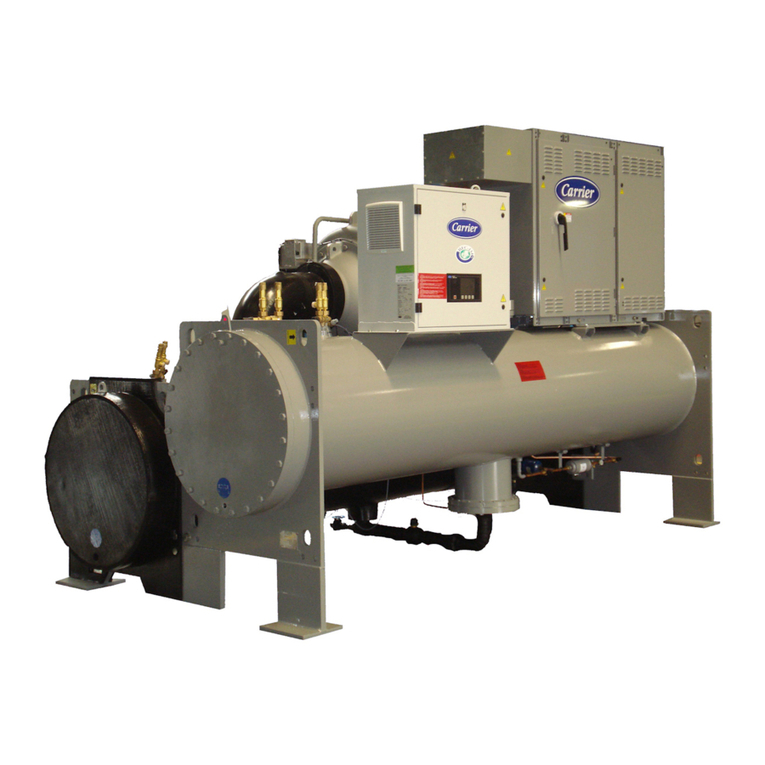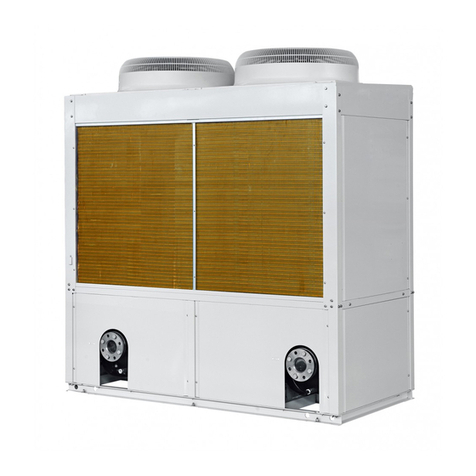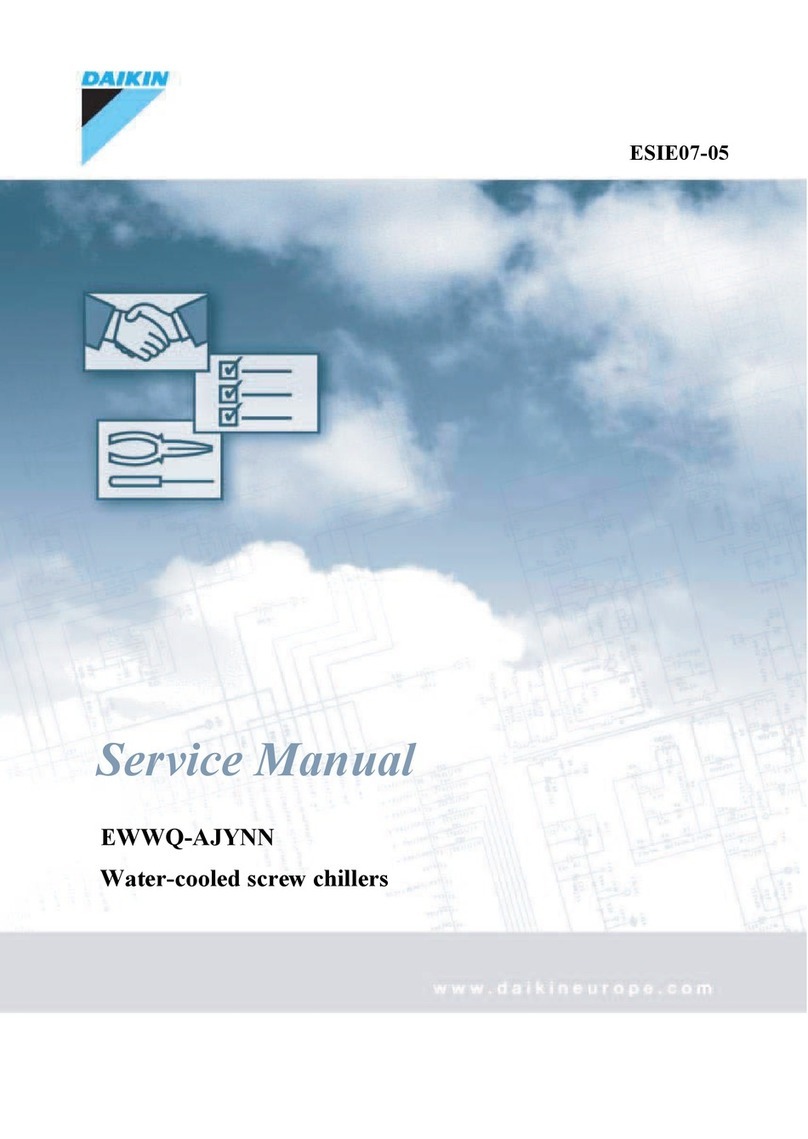
2.5.2 Network of the long-distance monitoring system ...........................19
2.5.3 Hardware ......................................................................................20
2.5.4 Model selection instructions ..........................................................21
3 Unit installation ............................................................................................23
3.1 Installation flowchart .............................................................................23
3.2 Preparations before installation ............................................................24
3.2.1 Precautions for installation ............................................................24
3.2.2 Importance of installation ..............................................................25
3.3 Installation instructions .........................................................................26
3.3.1 Outline dimensions .......................................................................26
3.3.2 Precautions for installation ............................................................28
3.3.3 Installation environment ................................................................28
3.3.4 Installation and service space .......................................................28
3.3.5 Installation foundation ...................................................................29
3.3.6 Handling and lifting .......................................................................29
3.3.7 Placement of the main unit ............................................................30
3.4 Piping and insulation .............................................................................30
3.4.1 Installation of the water system .....................................................30
3.4.2 Requirements on piping ................................................................32
3.4.3 Installation of the expansion tank ..................................................34
3.4.4 Installation of condensate pipes ....................................................35
3.5 Electrical connection .............................................................................37
3.5.1 Safety precautions ........................................................................37
3.5.2 External connection ......................................................................37
3.5.3 Specification of power supply ........................................................41
3.5.4 Wiring of the electric control cabinet .............................................41
3.5.5 Field wiring ....................................................................................43
3.5.6 Networking and wiring between units ............................................45
3.5.7 Jumpers ........................................................................................47
4 Test operation, troubleshooting and maintenance .......................................49
4.1 Commissioning .....................................................................................49
